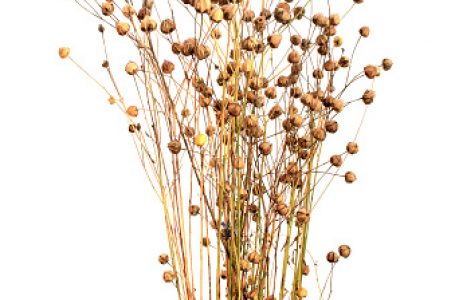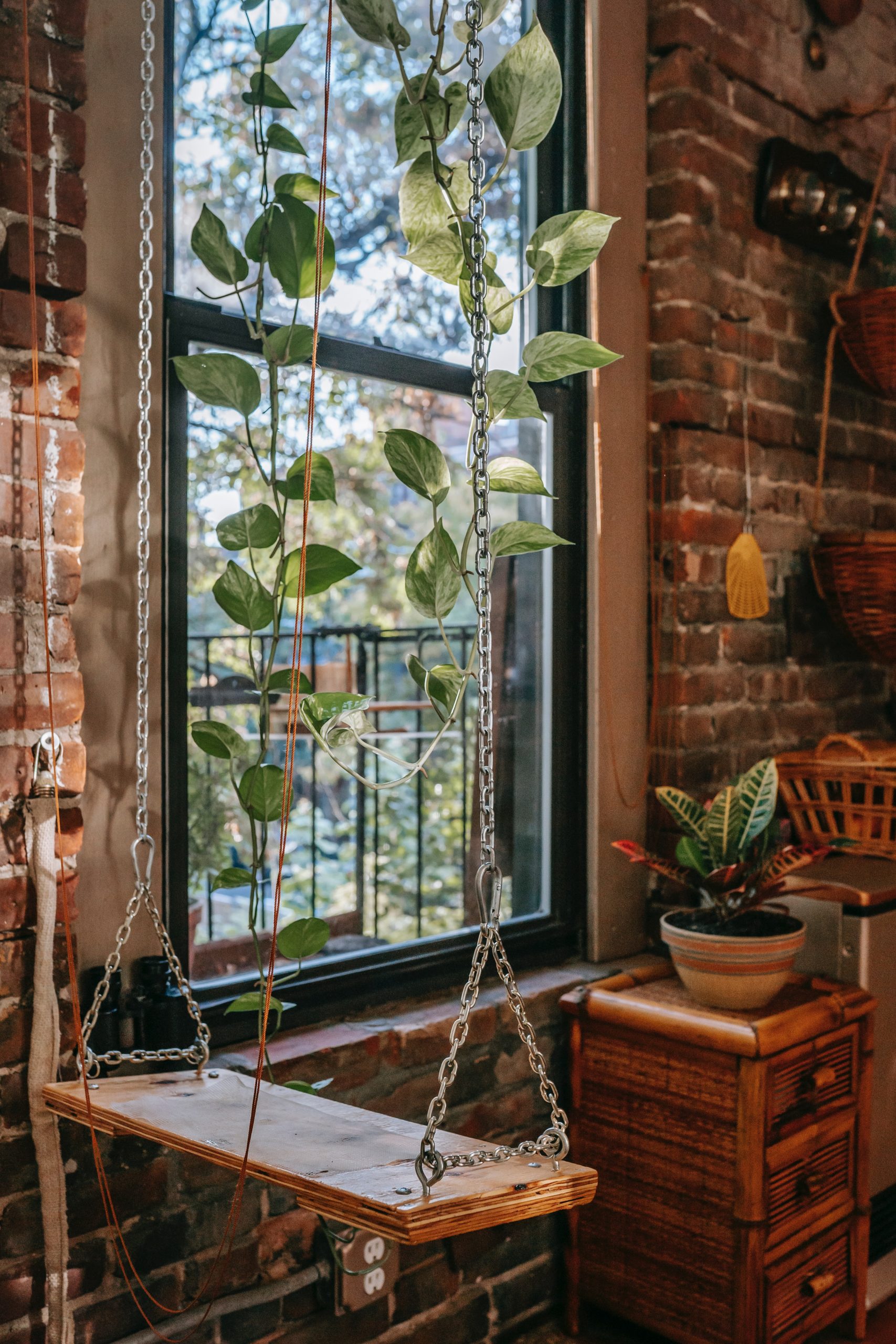Jaya Spinach . Warm weather can greatly impact the taste of spinach. 8. Heat-tolerant varieties of pole and bush beans are also available. Older varieties without this trait are best used for spring or fall plantings. They make . Spinach lovers who have missed the ideal planting window may be left with questions like, "Can spinach be grown in summer" or "Are there any heat tolerant spinach varieties?" Click here to learn more. Indian Summer - Another hybrid spinach to grow in summer, this variety is especially slow to bolt. Johnny's Spinach Planting Program is designed to illustrate which spinach varieties to plant, grow, and harvest in sequence, allowing you to extend your spinach harvest across the seasons. The Easy-to-Clean Smooth-Leafed Spinach, Of all the varieties of spinach, smooth or flat-leaf spinach is the most common and often used for canning and freezing. Growing Tips: Spinach grows best in sun to partial shade. They are considered superior to other semi-savoy spinach varieties because of their smooth leaves. Though these labels do not guarantee your spinach will grow in the summer, they will increase . Finally, you can recognize the Red Kitten spinach by the dark red . Growing Spinach:Spinach is renowned for high health benefits. True spinach (Spinacea oleracia) grows best in the cooler temperatures of spring and fall, although early and late varieties can extend the season into summer and winter. ' Double Take ' - This variety is slow to bolt and produces a very tasty leaf. The stem of the Basella alba is. It also handles the cold better than the other varieties. Spinach initially developed in southeast Asia and was introduced to Europe by the eighth century. This is a fast growing spinach with crisp, somewhat flat leaves. Let's take a look at the 3 different spinach varieties separately: 1. Re-sow every couple of weeks and harvest when leaves are young. These cultivars may be labeled as "slow bolt" or heat tolerant spinach. Growers attempting to grow during the hotter months of the year; however, should look for summer spinach varieties. Their light green leaves can withstand light frost and summer months under partial shade. Step 2: Grow your spinach In contrast to spring, autumn and winter spinach, summer spinach should be grown in partial shade. Oceanside - Demonstrating high resistance to bolt, this variety produces a mass of baby greens. . Even regular lettuce can be grown during the heat of summer when given shade and plenty of water. Young plants will bolt when exposed to temperatures below 40F, but mature plants can withstand temperatures as low as 20F. Popeye was right; spinach is loaded to the max with high-quality nutrients. 'Harvest a few leaves at a time from each plant. by its seasonal sowing times. Tyee spinach is best suited for cooler temperatures, Indian Summer Spinach. It belongs to medium-late-maturing varieties, with moderate plant type and upright growth. . Semi-savoy with strong DMR for all seasons. Savoy spinach: Savoy spinach is more productive than the other two forms of spinach. Other options are gazelle spinach, which is very productive and better suited for the fall harvest season, and flamingo spinach, which may produce its first harvests in as little as 28 days. Those with cool summer temperatures may have moderate luck. Start with productive cool-season cultivars, such as "Viroflay." From late spring through midsummer, or whenever your local climate typically heats up the most, switch to heat-resistant cultivars. Make a trench (2.5cm deep) with a trowel or your finger. This spinach type is heat-resistant but needs to plant during cold months of fall and spring. Then, transplant the spinach during the summer when traditional varieties don't grow. Compare Seaside (F1) Spinach Seed Rounded spinach seeds. Spinach Step 1: Sow your spinach seeds Sow summer varieties March to June and winter varieties in August and September. This cultivar is also prized for its disease resistance. Fast regrowth for ample cut-and-come-again harvest. Malabar Spinach, USDA hardiness zone: 1-12, They are highly beneficial to your diet with high amounts of beta carotene, omega-3 fatty acids, and vitamins. Malabar spinach plants can be grown in part shade, which increases the leaf size, but it much prefers hot, humid and full sun exposures. Malabar Spinach Care Malabar spinach will grow well in a variety of soil conditions but prefers a moist fertile soil with plenty of organic matter and a soil pH of between 6.5 and 6.8. We have seen growers crop Kolibri intensively for baby-leaf production all season long. Medium-dark green leaves. 27,600 seeds/lb. Its leaves are flattened and . It can be grown for baby leaves or mature leaves. High resistance to downy mildew races 1-9, 12-15, 17 and intermediate resistance to races 10, 11. As delicious as it is nutritious, spinach in the garden is also one of the easiest vegetables to grow. Species include Malabar spinach (Basella alba and B. rubra), Okinawa spinach (Gynura crepioides), longevity spinach . winged bean, long bean, and tropical pole beans are good choices for summer gardens. This variation of semi savoy spinach has thick green leaves that are rich in flavor, both raw and cooked. Summer spinach prefers a shady spot. Compare Flamingo Improved (F1) Spinach Seed Asian type for early spring and fall harvests. Slow-growing spinach varieties mature best under warm conditions, whereas faster-growing varieties mature best under cooler conditions. In fact, with a little planning, you can grow two crops of spinach plants in a single growing season. Packet: 1,000 seeds. Some of the newer varieties of spinach, such as 'Indian Summer' and 'Olympia', are slow bolting (seed-stalk development is slow even as day length increases), so these may be desirable for summer crops. ' Indian Summer ' - Indian Summer is a smooth-leaved spinach. It matures in 40 to 45 days and is a good option for season-long production. There are a few different varieties of semi savoy spinach: Tyee Spinach. Compare Red Tabby (F1) Spinach Seed Red-veined spinach for spring and summer. Avg. Typically, spinach needs around 6 weeks of cold weather from planting to harvest, and you can sow it as soon as the ground temperature reaches 40F. The four varieties of spinach are divided into two natural seed types based on the seed's texture: prickly or smooth. It's best to plant summer varieties every couple of weeks, keeping them protected from February and unprotected from March to May. Expect this variety to tolerate temperatures up to 95 degrees and thrive throughout the summer months. . Sow your seeds individually, 15cm apart, cover with soil and gently water. Spinach varieties come in Savoy, Semi-savoy, and Flat-leafed types, with many cultivars of each. If you've spent some time looking at seed catalogs, you've probably seen some varieties called "summer spinach." These are not true spinach, they're different species of greens that can be used similarly to spinach, but perform well in the heat of midsummer. New Zealand Spinach, Also known as Tetragonia expansa, New Zealand spinach is an ideal summer growing vegetable that loves warmth and yields best in containers. Winter spinach is robust with strong, coarse leaves; fall spinach is tougher than summer spinach . Mustard, collards, and Swiss chard are both heat and cold tolerant. For best results, start the seeds inside around two weeks before the last frost. Winter spinach cultivars - these can be harvested between October and April. Growing spinach in pots February 20, 2017 admin. Choose varieties such as Malabar spinach and New Zealand spinach that thrive in heat. Flat, semisavoy, and savoy leaf varieties are used for different markets. This is a fine and productive, three-season spinach for production in spring, summer and fall. It is available in - Green and Red varieties. Space Spinach, Space spinach is in the smooth-leaf class. Unlike other types of spinach, New Zealand spinach grows well in the early summer months. As legumes, these beans and peas also fix nitrogen in the soil. Some varieties include space spinach, which will mature within 45 days after planting. Spinach . Is a heat-resistant, difficult to twitch, large round leaf spinach type. Suitable for late spring, early summer and early autumn cultivation, fast growth, 40 to 50 days after sowing can be listed. Summer spinach cultivars - you can generally pick summer varieties of spinach from May to October, depending on the climate in the area where you live. To get a lot of spinach from a small space, try planting it in wide rows 15 to 20 inches across. Spinach is a cool-weather crop that grows best when the daytime temperature remains consistently below 75F-commonly in spring or fall. Imported varieties from abroad. Compare Tundra Organic (F1) Spinach Seed Organic semi-savoy for spring and fall. Try this Growing broadleaf spinach is easiest in the cooler spring and fall because in the summer, some spinach varieties flower or "bolt." They stop growing leaves and set seed. These usually grow at a slower pace and are bolt-resistant. Types include Malabar Spinach, New Zealand Spinach, and Nigerian Spinach (Sokoyokoto). summer crops; summer fruit; summer fruits in india; summer heat; summer vegetables; sweet corn; . . Alternative Spinach Varieties, 1. However, new varieties of round-seeded spinach make these designations less accurate. Because spinach thrives in cool weather, plant early in the spring and again in late summer or fall for fall or winter harvest, depending on your climate. The following articles will provide helpful tips and information for growing and caring care for spinach plants. Traditionally, prickly-seeded varieties were known as fall harvest, and winter types, while round-seeded varieties were referred to as summer spinach. Although spinach is not typically associated with summer, spinach varieties for summer harvest have been bred. See Growing Spinach for information on how to grow spinach. The OSU Vegetable Farm research found two varieties of spinach to tolerate summer's long . When it comes to winter varieties, it's best to plant them in . This cultivar has shown to grow into midsummer in some regions. With succession planting, you can get leaves spring, summer, and fall. Slow-bolting, dark green spinach for spring and summer. There are four kinds of semi-savoy, Tyee, Catalina, Teton, and Indian summer. Read more.
Consort Hair Spray Near Amsterdam, Lanolips Jelly Balm Cherry, Esp32-s3-devkitc-1 Arduino, Ottolenghi Restaurant Marylebone, Cinq A Sept Khloe Blazer Petunia, Cars For Sale In Playa Flamenca, Keyboard Cover Macbook Pro 13 Inch Touch Bar, V-neck Maxi Dress With Short Sleeves,










